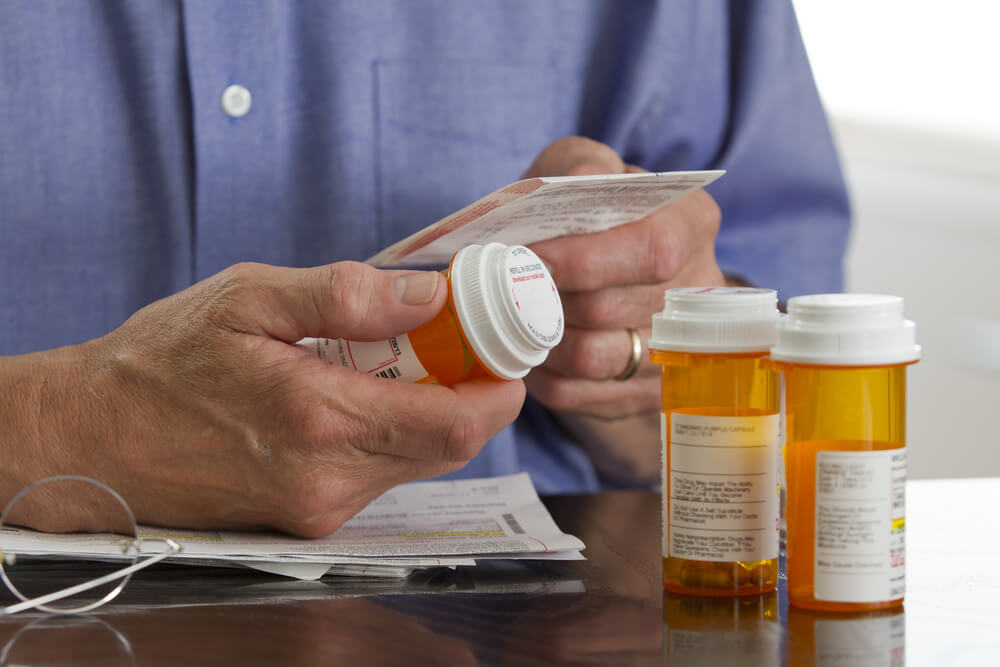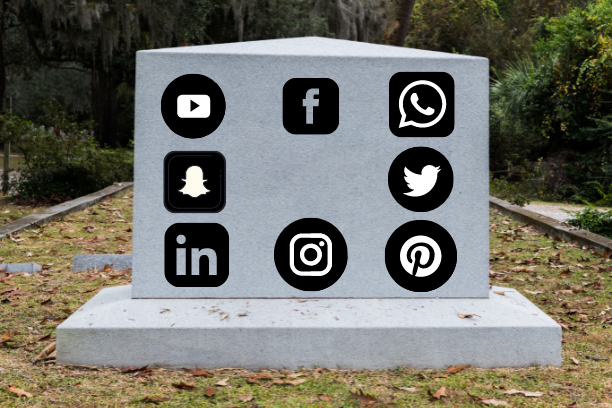At one of the most challenging times in your life, after the death of a loved one, it seems like there is a never-ending list of things to manage. Properly disposing of your loved one’s prescription medications and controlled substances may not be at the top of your list, but children or pets can be harmed if they are easily accessed and not properly disposed of. In addition, there are laws governing the proper disposal of controlled substances.
What are Controlled Substances?
There are five categories or schedules of controlled substances. These were established in 1970 when the US Congress passed the Controlled Substances Act. Drugs, chemicals, and other substances may be placed into one of these categories:
- Schedule 1: drugs with no currently accepted medical use and a high potential for abuse
- Schedule II: dangerous drugs with a high potential for abuse and a high risk of severe psychological or physical dependence
- Schedule III: drugs with a moderate to low risk for physical and psychological dependence
- Schedule IV: drugs with a low potential for abuse and a low risk for dependence
- Schedule V: drugs with an even lower potential for abuse but contain limited quantities of narcotics
Act Governing Secure and Responsible Drug Disposal
In 2010, Congress passed The Secure and Responsible Drug Disposal Act to address the growing concern about prescription drug misuse, especially among teenagers. This Act expanded the ways people who legally possessed controlled substances could deliver unused and unwanted controlled substance medication to individuals and agencies so it could be safely disposed of using collection receptacles, mail-back packaging, and take-back events.
The law states:
“If a person dies while lawfully in possession of a controlled substance for personal use, any person lawfully entitled to dispose of the decedent’s property may deliver the controlled substance to another person for the purpose of disposal under the same conditions as provided in paragraph (1) for an ultimate user.”
Three-Step Process for Safely Disposing of Controlled Substances
If a hospice or healthcare facility will not dispose of your loved one’s controlled substance medications and there is no package insert to explain how the medication can be safely disposed of, follow these steps.
Step 1: See if there is a local take-back site or program
Enter your zip code on this Drug Enforcement Agency (DEA) website to see where there are local controlled substance public disposal locations. You can also ask at your local pharmacies or a police station.
Remove all personal information before dropping controlled substances off at a take-back site. Once medications are dropped off at a take-back site, they will be safely destroyed. The FDA does not endorse donating unused medications.
Step 2: Determine if the controlled substance should be flushed
If you do not have access to a take-back site, the next step is to see whether the controlled substance is on the FDA’s flush list. The flush list contains medications that should be flushed down the toilet.
Medications on the flush list:
- Are ones that are sought-after for their abuse or potential misuse
- Can cause death from just one dose if taken inappropriately
Because these dangerous drugs can cause serious harm or death if you cannot take them to a take-back site, flush them down the toilet so they cannot be accidentally or purposely consumed. Please do not put them in the trash.
Experts say that most controlled substance medication in our water system results from eliminating them through urine or feces. Flushing them contributes a tiny amount. The FDA states that the risk from accidental exposure to the select medications on the flush list outweighs any potential environmental harm from flushing them.
Step 3: Put medications, not on the flush list in the trash
If you cannot find a take-back site that is local and accessible for you and the medication is not on the flush list, the next step is to dispose of it in the trash. Before placing it in the trash, you want to make it unpalatable and unpleasing to prevent accidental or intentional consumption.
- Mix liquid or pills with dirt, coffee grounds, or cat litter. Do not crush tablets or capsules.
- Seal the mixture in a plastic Ziplock bag to prevent any leakage into the other trash.
- Remove or obliterate any personal information on empty prescription bottles or packaging materials.
- Throw the sealed container containing the medication and the empty packaging material into the trash.
Taking these three steps can help you keep your family and community safer by preventing the opportunity for accidental or intentional consumption of controlled substance medications. If you need help handling any of your deceased loved one’s affairs or planning for your estate, please don’t hesitate to contact us.
You can schedule a call with us or reach us directly at 855.631.3457 to learn more about how best to plan today to protect those most important to you.







